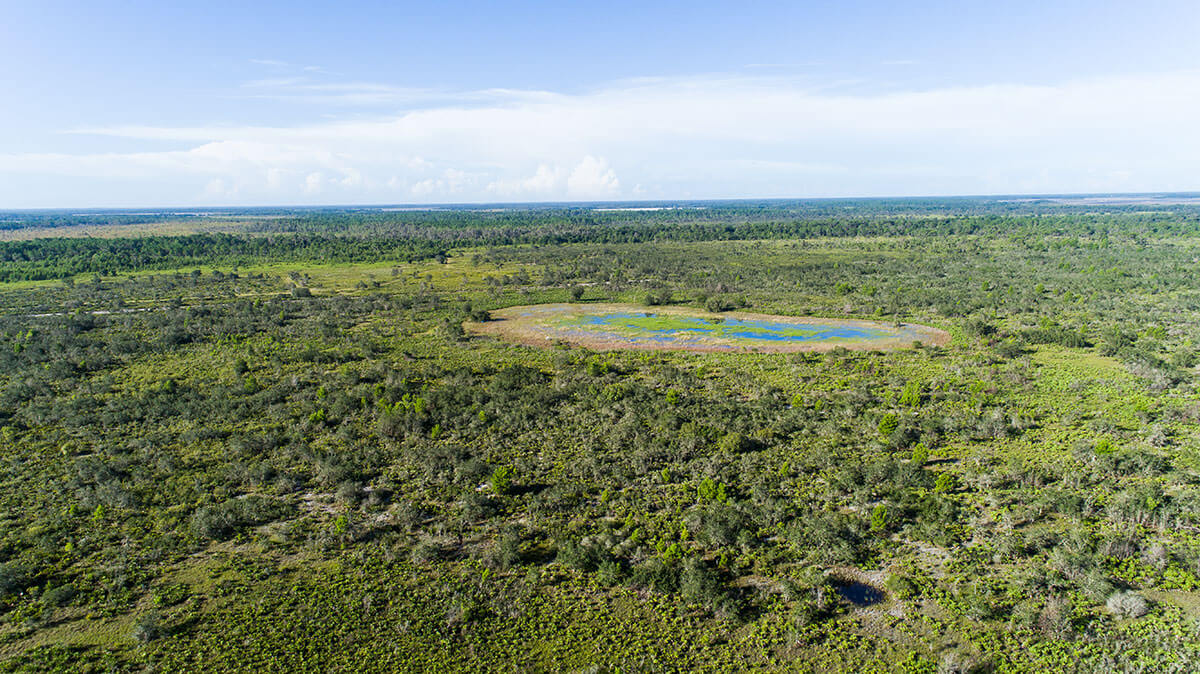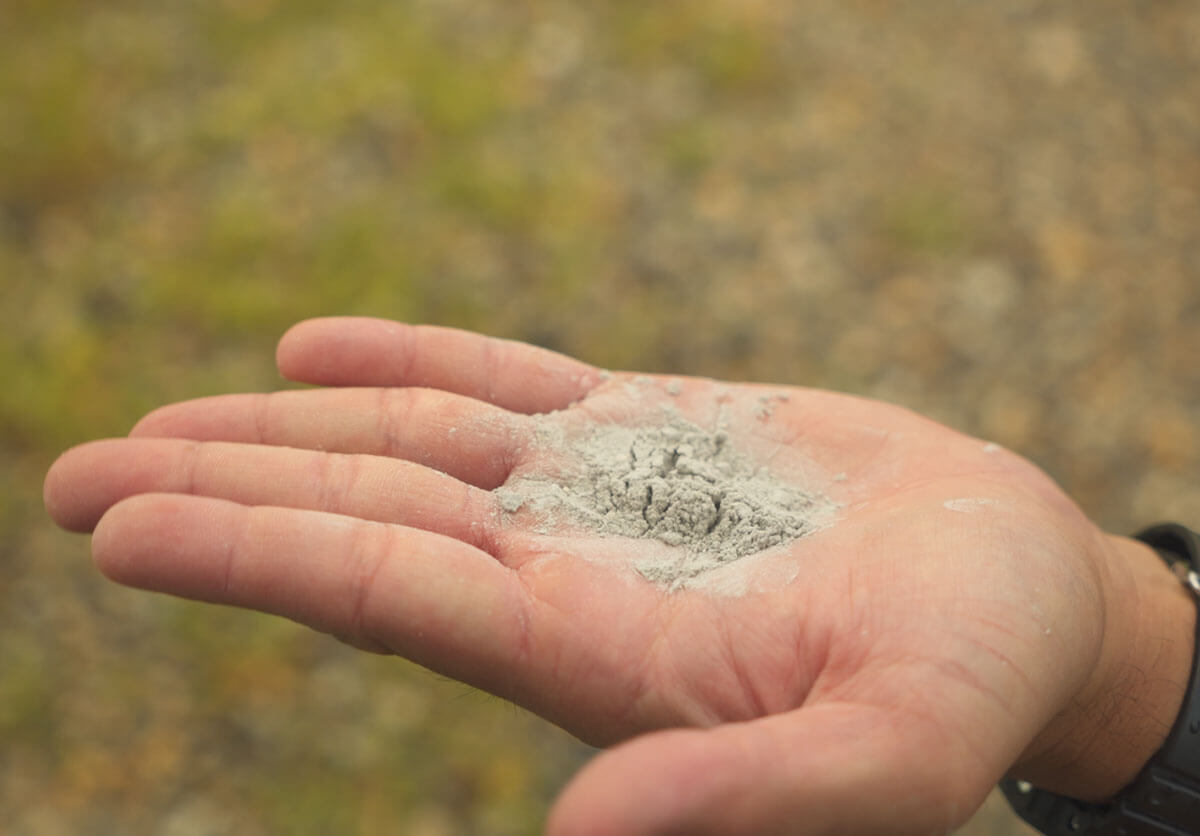More Than Machinery
A Part of Florida History
A legacy industry in our state, Florida’s phosphate industry has been around for more than a century. While the phosphate remains essential, today’s manufacturing operations look much different than they did during previous generations. Modern technology has enabled safer and more responsible operations while companies are guided by the highest standards for environmental stewardship. The same thinking extends to finding sustainable recycling and use opportunities for products and byproducts, with the goal of zero waste.
History of Phosphate in Florida
Phosphate was first discovered in Florida in 1881 in an area known as the “Bone Valley.” The region is known as Bone Valley because ancient rivers and streams flowing to the sea washed the remains of animals and marine creatures to the area where they eventually settled, creating an ancient fossil bed. Over millions of years these fossils combined with dissolved phosphorous to create the rich nutrient we make today.
The Arcadia Phosphate Company was the first to produce commercial phosphate in Florida. Soon, hundreds of similar companies were operating in Central Florida. Over time, this number has dwindled due to consolidation and overcapitalization. Today, just two phosphate producing operations remain in the region.

Safety and the Environment are Primary Concerns
The safety of our employees and responsible stewardship of the environment in which we operate are non-negotiable values for the industry. Florida’s phosphate industry is subject to stringent and comprehensive federal and state laws and standards. Modern developments in technology enable safer and more responsible operations, and producers are guided by comprehensive environmental and operating permits with ongoing compliance at the Federal, State and County level.
Harnessing innovation, the phosphate industry, can produce phosphate more sustainably with less waste. Reducing the use of water, energy, and greenhouse gasses are all important and ongoing goals for the industry.
In Order to Use It, We’ve Got To Make It
After an operations site is permitted and land reclamation plans are in place, machines called draglines are used to extract the “matrix.” The valuable nutrients found in the “matrix” are mixed with water and turned into a semiliquid mixture of fine particles, or slurry, that is pumped back to processing facilities. The phosphate rock is separated from other materials and moved by rail, truck or vessel to manufacturing facilities.
Transforming Rock into Phosphate
Manufacturing facilities add raw materials like sulphur and anhydrous ammonia to the rock to create a soluble form of phosphate that plants can use as a nutrient and farmers can use to help grow crops.
During the manufacturing process, a by-product called phosphogypsum, or PG, is produced. In the 1980’s, the Federal government required PG be stacked in engineered structures called “gypstacks.” Gypstacks are also designed to collect rainfall and store “process water” that is recycled through the manufacturing process.
The finished phosphate product is then transported to farmers across the country. Florida’s phosphate is also placed on ships at the Port of Tampa Bay and exported around the world to places like South America, Asia, India, Canada and Latin America.
Learn more about gypstack safety and design here.


Beneficially Using PG
Florida’s phosphate producers are developing sustainable and innovative use opportunities for phosphogypsum (PG), a by-product formed during the manufacturing process.
- 28 million tons of PG produced per year in the U.S.
- 1.7 billion tons are stored in gypstacks.
- Approximately 5 tons of PG is made per ton of phosphoric acid production that is needed to make phosphate-based crop nutrients.
The next transformative sustainability opportunity for the industry is to beneficially use phosphogypsum in the construction of roads. Roads constructed with PG would be the same quality as those built with conventional materials, with the added benefit of using recycled material that offsets the need for other virgin material removal, resulting in a net environmental benefit. PG is popular as a road material because it’s durable and multipurpose.
Around the world, PG is being beneficially used in 21 countries and has over 55 different researched uses. In Canada, it is used for agriculture afforestation and carbon sequestration, while in Spain it is used as a soil supplement. The International Fertilizer Association (IFA) has a goal for 100 percent of phosphogypsum to be used by 2030.
Learn more about PG use here.
